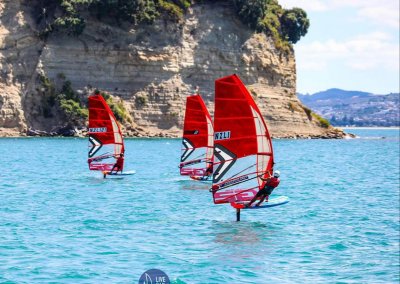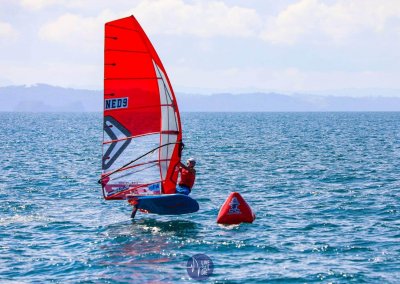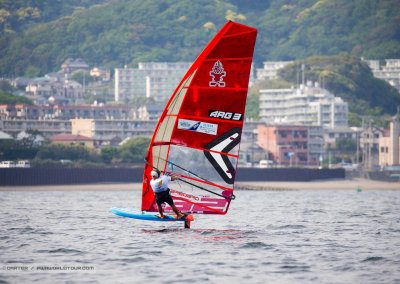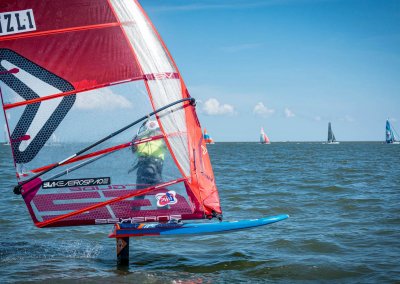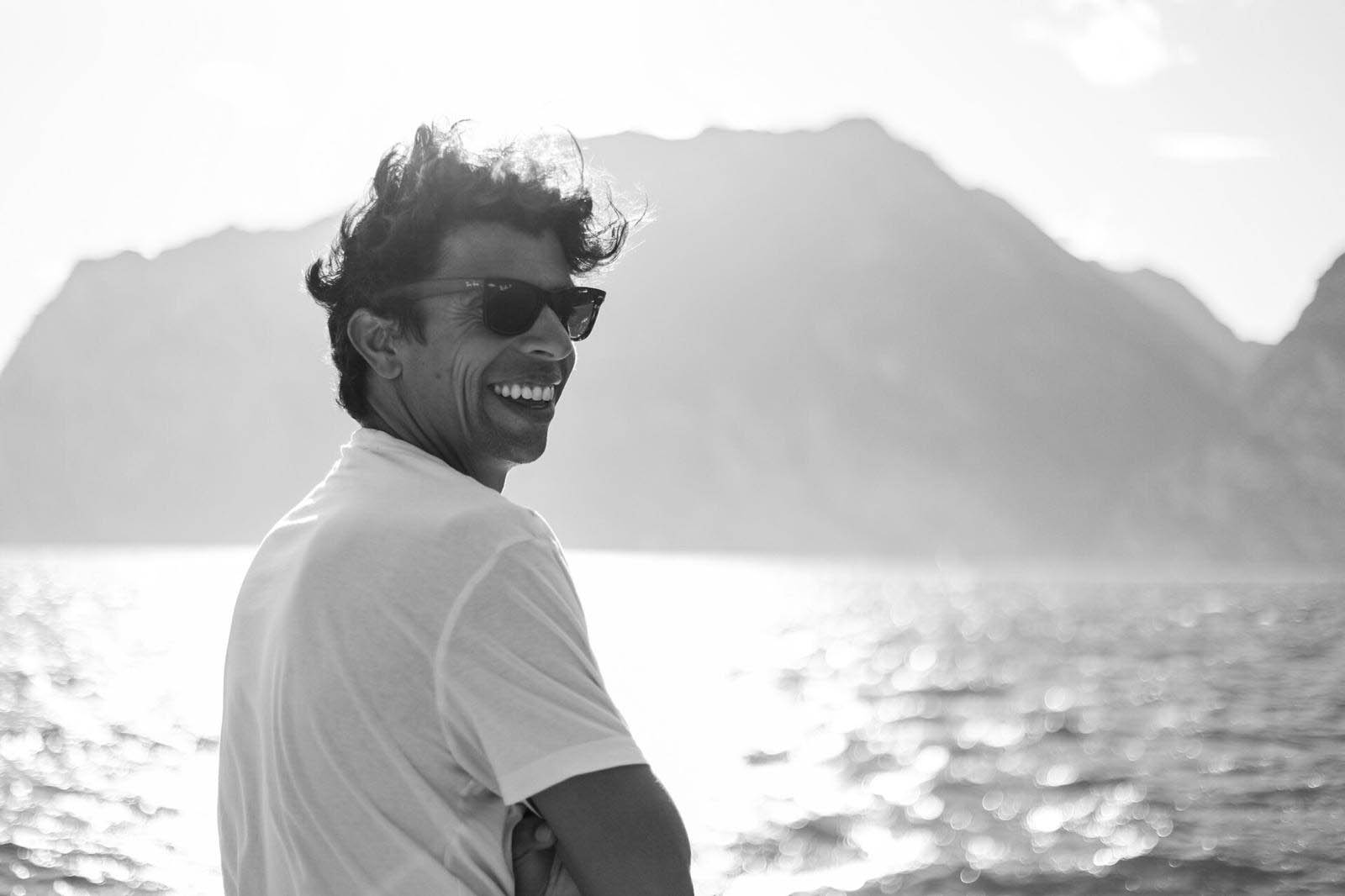
INTRODUCTION
Gregarious, friendly and enthusiastic, Antonio sits upon a plush leather couch in a Silvaplana hotel lobby ahead of the Endaginwind event, as we meet to ask him a few questions about the direction of our sport. He is, it seems, quietly a jack of all trades. Currently representing New Zealand and campaigning in the RS:X Class for Tokyo 2020, but also an avid foiler who as it turns out graduated from Sydney with an LLM and embarked on a legal career before returning to competitive windsurfing. He is also the Chairman of Windfoil1 – the new foiling class that we have been a part of and hope to push to become the new Olympic discipline for 2024. Together with Olympic medalists Dorian van Rijsselberghe, Nick Dempsey, and Aaron McIntosh, the team is doing all they can to do the best for the future of the sport. Here is what Antonio, incidentally also a Severne rider, had to say.
How did the concept of Windfoil1 come to life?
Around 2 years ago, some guys in New Zealand were constantly zipping around us on foils while we were out training in light winds on RS:Xs. Not long after we got our hands on similar gear too. By the end of that season after having taken the gear on some adventures as well as having raced it in a few small local regattas, we saw an opportunity. We saw the potential for what the gear could do, and what it could do for the sport and the youth within it. So that’s when we sat down to try and nut out how feasible the concept actually was. We got in touch with Starboard and Severne who came downunder for some R&D, and things just took off from there.
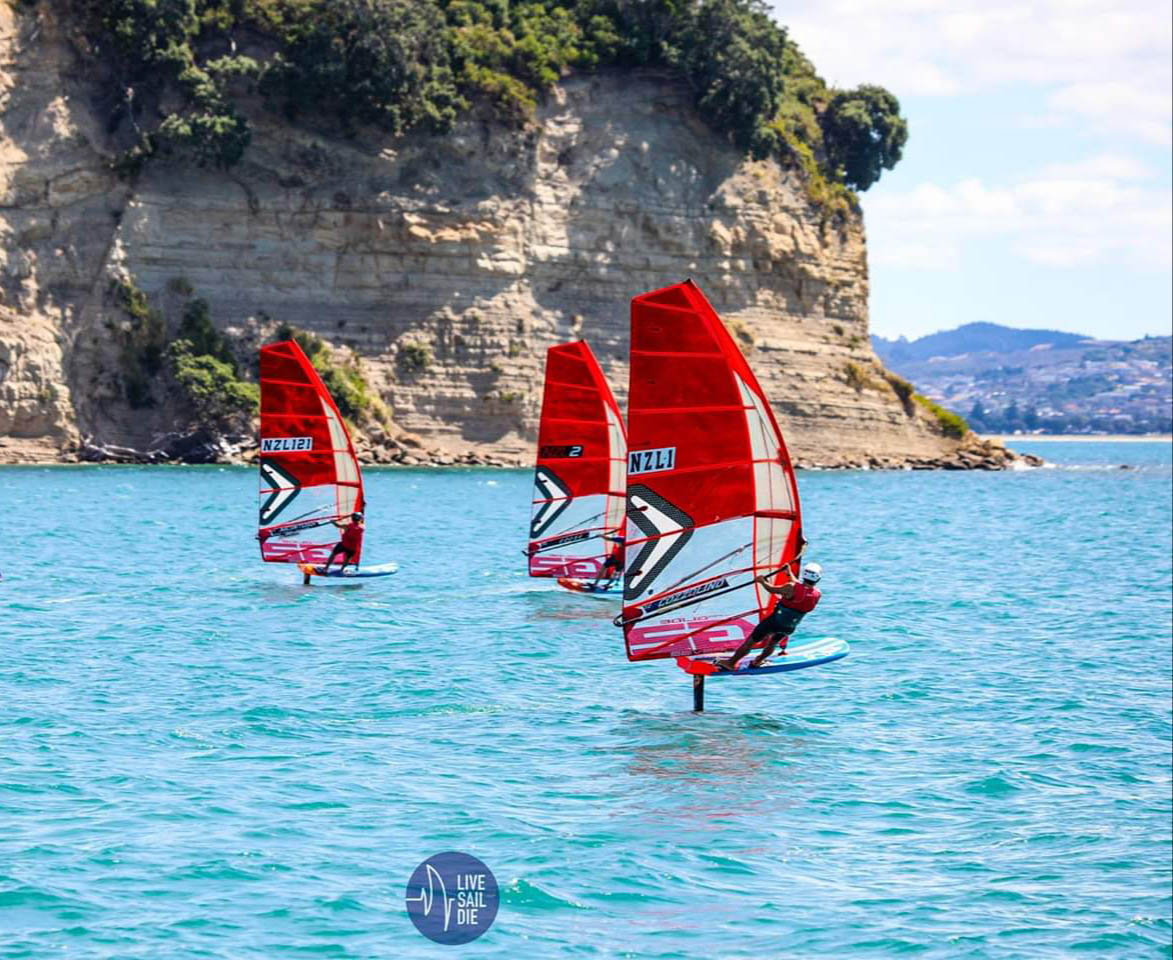
Is Windfoil1 an open class? Meaning could you race on any gear or would you have a selection of gear to choose from?
One of the main questions we had to consider was how to come up with a fair cost effective structure for the equipment parametres, without limiting the development of a relatively new concept. Here we took guidance from what had been done in the 35th America’s Cup – a combination of one design and “open” components. What we finally settled on after much consultation was a one design board (which could be produced by any brand or manufacturer) and open (production) sails and foils – both of which had to fit into certain parameters and be registered on the WF1 registered series production list. What sails and foils are on that list? Well through to 2021 more or less everything available on the market will be there (sails smaller than 9.5, and foils smaller than 1m in depth and 1000 cm2 in area).
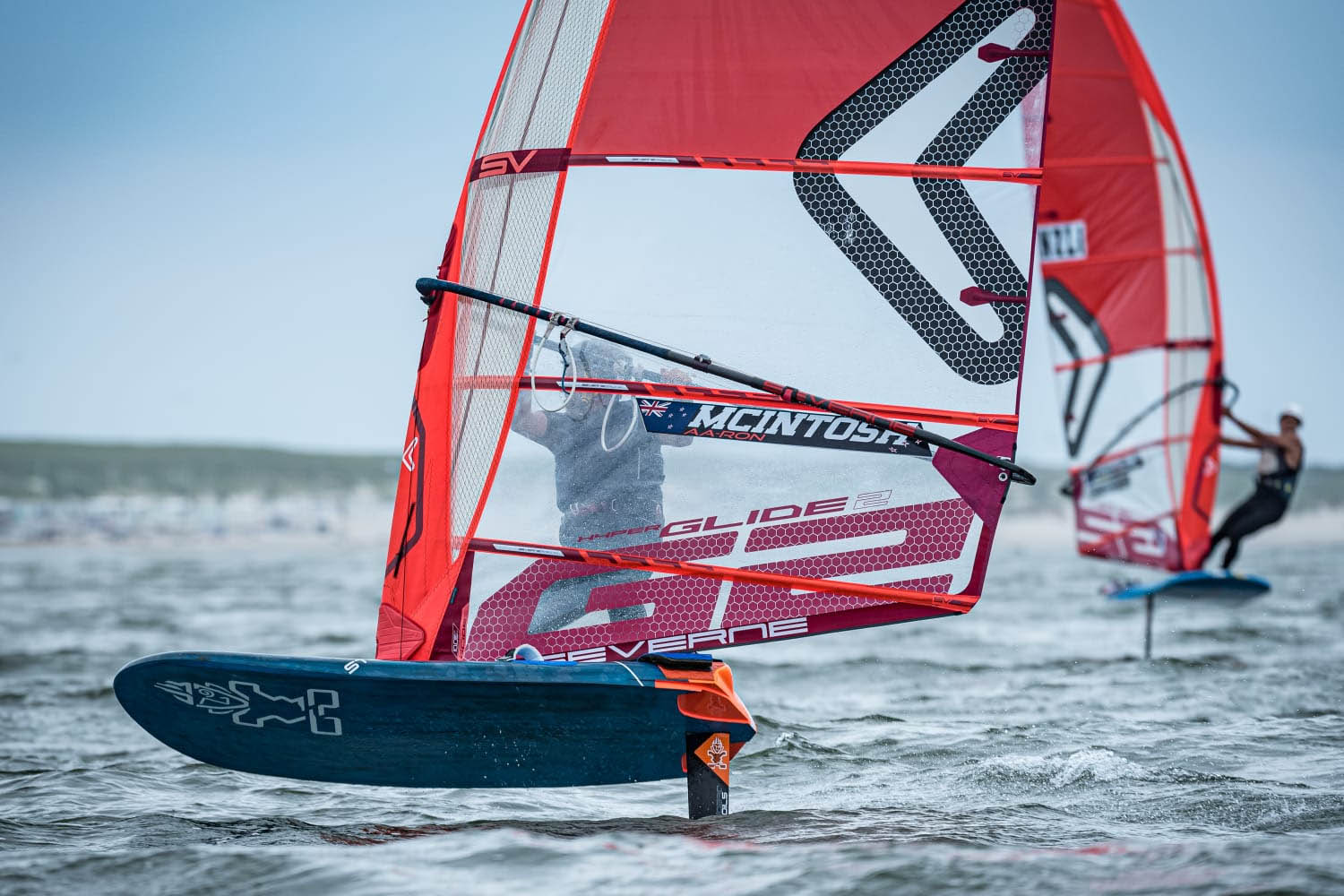
How low winds could the Windfoil1 class race in? Is it doable for the often tricky locations Olympic racing is held in?
One of our principles at WF1 is “if we can foil, we can race”. That means that at the moment, we can race in 4 or 5 knots depending on sea-state. We can’t do traditional big-fleet upwind/downwind racing in that wind-strength but we can still foil so we had to be creative. The result was the development of a dynamic collection of different formats suited to different conditions (more on that below). Those different and innovative formats pretty much allow us to race wherever whenever.
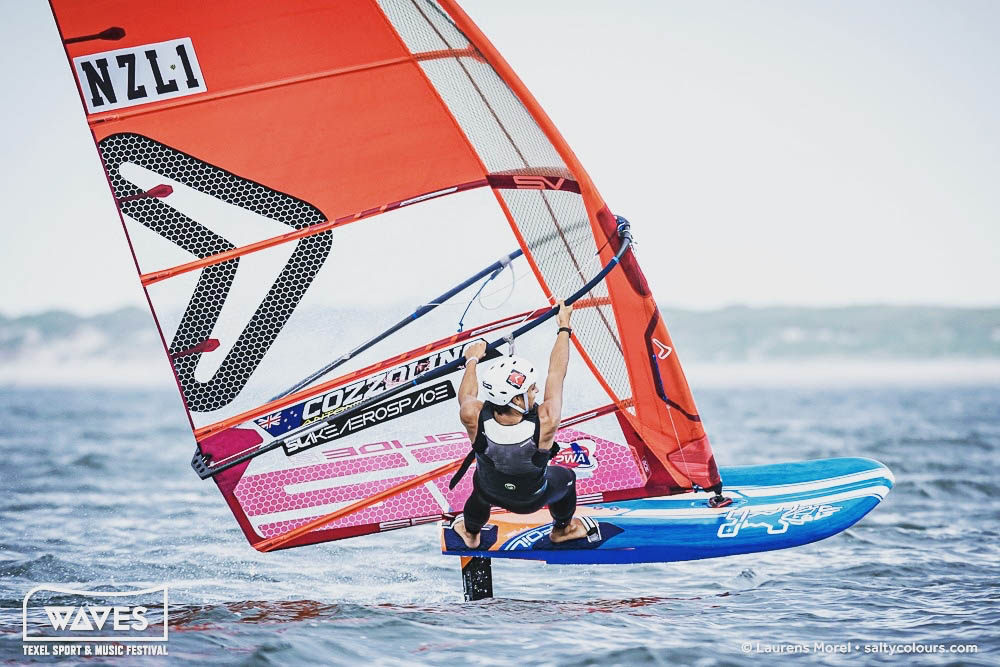
How could the Windfoil1 class attract a larger fleet than the current Olympic class?
The RS:X Class in many ways has been a really great Olympic discipline. It bridged the gap in the transition between the longboard era and more modern shortboarding times. It also pushed the requisite athleticism to all new levels which is now something quite impressive. But at the same time what has made that requisite skill set so impressive to witness is also one of the class’ major downfalls. The gear is too physically demanding for the average windsurfer to simply use or even enjoy, let alone attempt to race. It’s just not fun. And so we have got to a point where the RS:X is all alone in a corner of the windsurfing world isolated from everyone else. Needless to say, the already widespread appeal of foiling will change all of that. And that is really something we want to embrace. While our aim is to be the Olympic discipline, which only involves around 25 men and 25 women every four years. Our vision is bigger than just that small group of people. We want to be as inclusive as possible. The more people foiling and racing the better it is for everyone. Our biggest focus is on engaging the youth and the women.
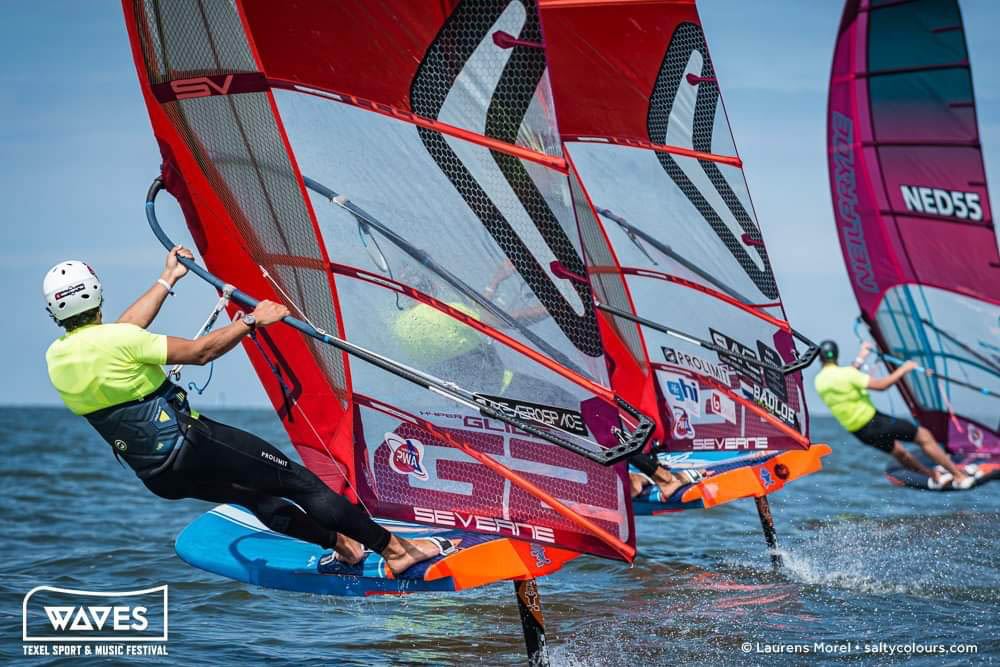
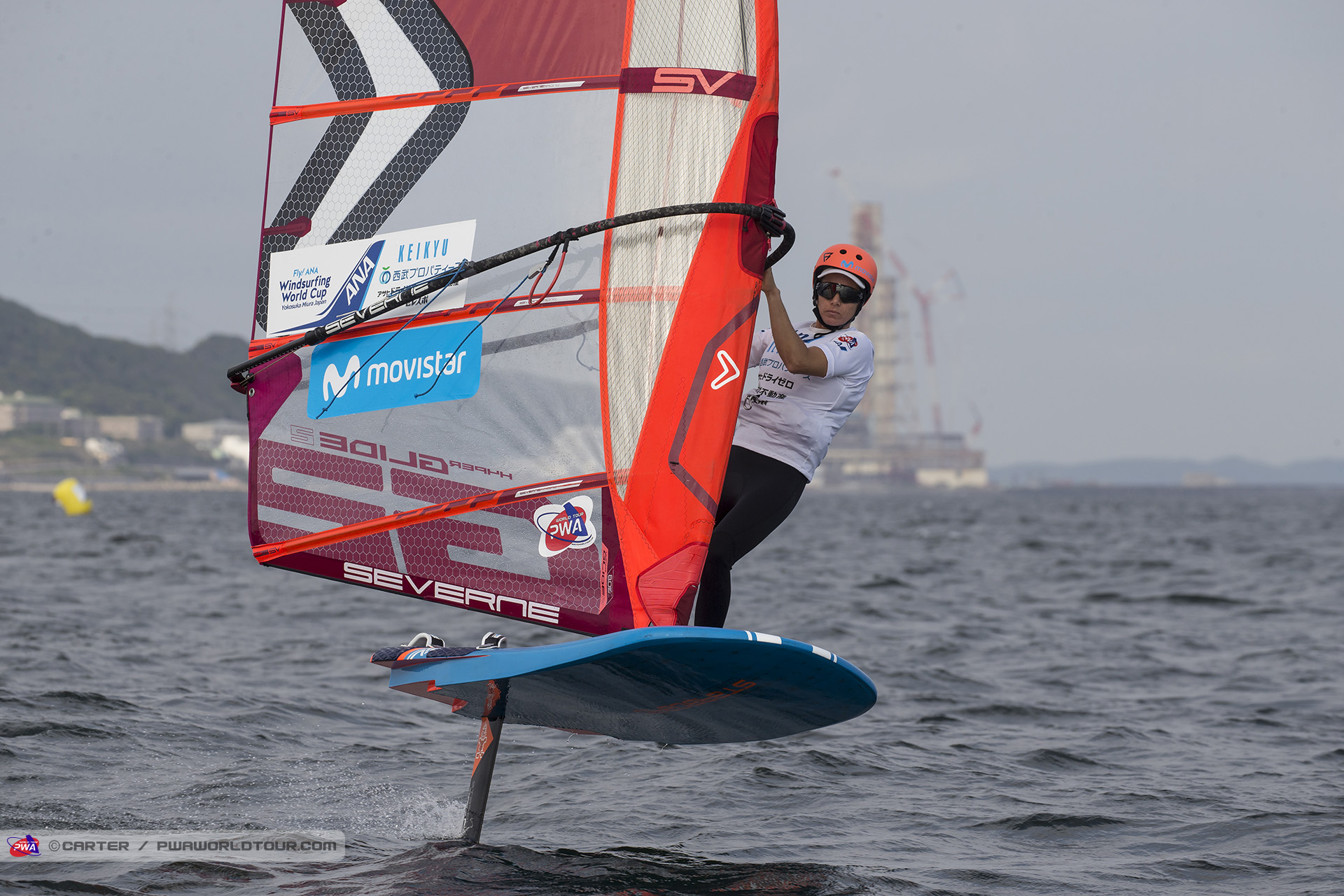
Could you tell us a bit about the different formats the Windfoil1 class could race? (courses/disciplines)
The sport of sailing at the Olympic level is always being pushed to develop new formats and to become more media friendly. Sailing is a difficult sport to follow from that perspective. At the Olympic Games it is also the most expensive to produce and the sport that generates the least amount of revenue, and as a result, is at constant risk of getting the ax. Combine that notion with our ideal of being all inclusive, ie coming up with formats that better represent the kind of sailing that every day windsurfers do at their local spots, as well as the fact that we need to be able to race wherever whenever, and you have the genus for our racing format. In summary, it is broken down into five subcategories: Traditional Course Racing; Marathon/Landmark Racing; Sprint Slalom; GPS Speed; and Point to Point. Each serves a purpose, whether be to race in conditions that are too light for traditional big fleet racing or to be more appealing from a media perspective. If you’re keen to learn more check the formats tab on our website.
By now it seems obvious that most are into foil racing with several Olympians and medalists being behind the Windfoil1 concept. How do you see the class evolving from a startup to becoming a contender for an Olympic sailing class?
Yes, on the one hand, it does seem obvious. But the people tasked with making decisions in the world seldom actually make the obvious choice (see for reference Brexit, Trump, skipper of the HRM Titanic etc). As far as the current Olympians are concerned, yes the future is foiling. All the Rio medallists foil to some degree. In a recent survey (https://docs.google.com/forms/d/1Mm2T8HxJt3Naeo9vpmVTxMtBwEyKoxZleln9n8I0-JQ/viewanalytics) conducted by World Sailing (“WS”), the governing body of the sport, of the current RS:X sailors, only 36.9 percent expressed a preference to retain the RS:X for 2024. And if you ask me that is probably because that portion of the sailors has not yet properly tried racing on foils. Meanwhile, 53.8 percent wanted to see foiling in some way at the 2024 Games, and in the same survey of the broader windsurfing community 74.6 percent expressed that view as well.
How does it evolve from here? Will the people get what the people want? We’ll see. Last month WF1 put in a tender to WS to be considered for the equipment sea trials. We also helped with the Starboard iFoil tender (more on that another time). Following those submissions, we were shortlisted and invited to participate in the sea trials where our equipment and class will be show-cased and put up against the RS:X and the other tenders. At the conclusion of the trials, a recommendation will be made to WS, and will be voted on by the WS Council at the end of the year conference in early November. So in that sense, we are currently a contender. How can you help? Talk to your MNAs and national federations. Tell them what you think, what you feel and what you think the future should be. At the end of the day, WS should follow the collective will of the sailors. The future of windsurfing is on the verge of something exciting here, whether it is the one design Starboard iFoil, the open Formula Foil Limited class, or WF1 – the sport and the children will inevitably be better for it. Fingers crossed.
You can stay up to date with all of the details of the Windfoil1 concept by visiting their website https://www.windfoilone.com/
We wish the whole Windfoil1 crew good luck at the sea trials on Lake Garda in Italy, and we have no doubts, that foiling is here to stay.

